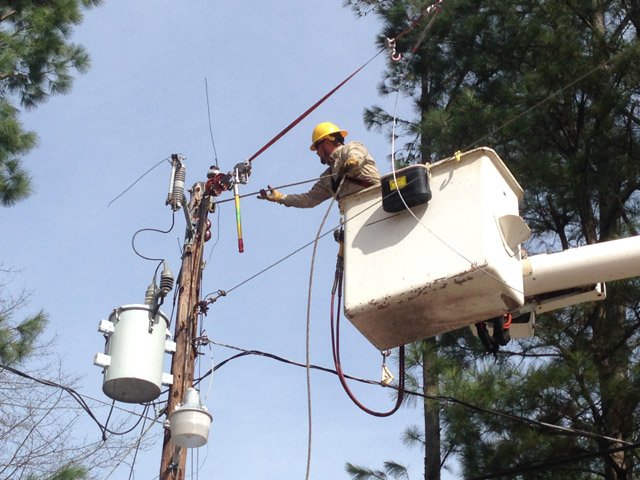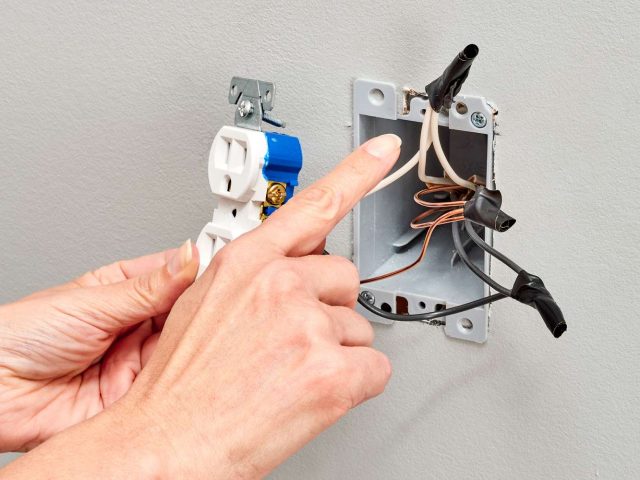Electricity is the lifeblood of modern homes. From powering your lights to running your appliances, understanding the basics of home electrical circuits is essential for homeowners. In this comprehensive guide, we’ll delve into the intricacies of home electrical circuits, demystifying the jargon and providing you with the knowledge you need to maintain a safe and efficient electrical system in your home.
The Fundamentals
1. Voltage, Current, and Resistance
Before we embark on understanding home electrical circuits, let’s break down the core concepts:
- Voltage: Voltage, measured in volts (V), is the force that pushes electrical current through a circuit. It’s akin to water pressure in a pipe. The higher the voltage, the more electrical current flows.
- Current: Current, measured in amperes (A), represents the flow of electrons through a circuit. It’s comparable to the volume of water flowing through a pipe.
- Resistance: Resistance, measured in ohms (Ω), is the opposition to the flow of current. Think of it as the size of the pipe – a narrower pipe (higher resistance) allows less water (current) to flow.
2. Circuit Components
- Wires: Wires are the pathways for electrical current. They come in various sizes, with thicker wires handling more current. Proper insulation is essential to prevent electrical shocks and fires.
- Switches: Switches are devices that interrupt the flow of electricity in a circuit. They allow you to control when and where the electrical current goes.
- Circuit Breakers and Fuses: These are protective devices that prevent overloads. Circuit breakers can be reset, while fuses need replacement when they ‘blow’ due to excess current.
- Outlets and Receptacles: These are where you plug in your appliances. They’re connected to the electrical wiring and should be properly grounded.
Types of Circuits
1. Series Circuits
In a series circuit, all components are connected end to end, forming a single pathway for current. If one device fails or is disconnected, the entire circuit is interrupted. Series circuits are rarely used in homes because of their impracticality.
2. Parallel Circuits
In a parallel circuit, multiple paths exist for the electrical current to flow. If one device fails, the others continue to operate. Homes predominantly use parallel circuits, ensuring a higher degree of reliability.
Safety First
Electrical safety is paramount for homeowners. Here are some essential tips to keep you and your family safe:
- Don’t Overload Circuits: Plugging too many appliances into a single circuit can cause overloads and fires. Distribute your devices wisely.
- Regular Inspection: Periodically check for frayed wires, damaged outlets, or unusual odors. If you notice any issues, consult a professional electrician.
- Childproofing: Install outlet covers and keep cords out of reach of children to prevent accidents.
- Call a Professional: For any major electrical work or issues, always consult a licensed electrician. DIY electrical work can be dangerous.

Troubleshooting Common Problems
- Frequent Circuit Breaker Trips: This may indicate an overloaded circuit or a short circuit. Unplug devices and reset the breaker. If the issue persists, seek professional help.
- Dimming Lights: If lights dim when an appliance is turned on, it could be a voltage drop. Consider upgrading your electrical service.
- Outlets Not Working: If an outlet doesn’t work, check the circuit breaker and the GFCI (Ground Fault Circuit Interrupter) outlet if available. If the problem persists, consult an electrician.
- Electrical Shocks: If you experience shocks from an appliance or an outlet, unplug it immediately and seek professional assistance.
Conclusion
Understanding the basics of home electrical circuits is vital for every homeowner. It ensures not only the efficient operation of your home but, more importantly, the safety of your family. By grasping the fundamentals, recognizing different types of circuits, and following essential safety measures, you can maintain a secure and functional electrical system in your home.
Remember, while this guide provides an overview, electrical work can be complex and dangerous. When in doubt, always consult a professional electrician to handle any electrical issues or improvements. If you are seeking a source of inspiration and guidance about the basics of home electrical circuits, visit bakerbrothersplumbing.com/electrician/ for further info.

